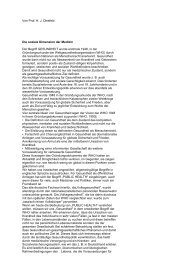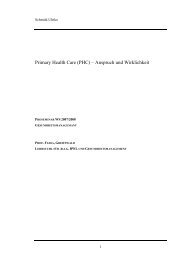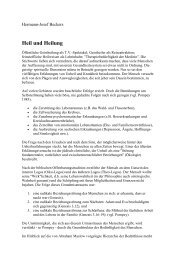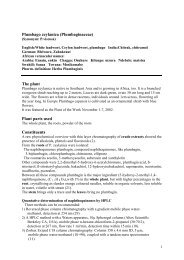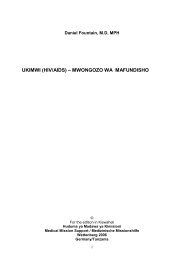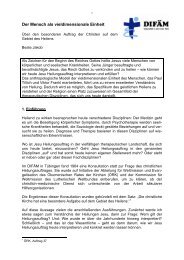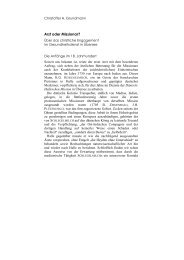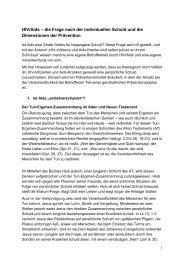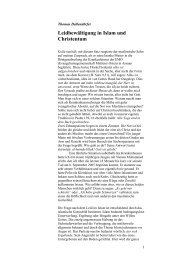(PHCII) - MMH/MMS
(PHCII) - MMH/MMS
(PHCII) - MMH/MMS
You also want an ePaper? Increase the reach of your titles
YUMPU automatically turns print PDFs into web optimized ePapers that Google loves.
2.0. LITRATURE REVIEW<br />
CHAPTER TWO<br />
Several studies have been done to determine the magnitude of health facility deliveries.<br />
Underneath are a few of the documented studies. Barbhuiya et al (2001) in their study on<br />
prevalence of home deliveries and ante-natal care done in Gazipur Thana Bangladesh<br />
results showed that 83% of the respondents received ante-natal check-up throughout their<br />
last pregnancy and out of 505 respondents 91.3% of the respondents was found to have<br />
delivered at home while only 8.7% at health institutions.<br />
On the other hand – Kaguna et al (2000) in their study on factors influencing choice of<br />
delivery sites in Rakai district Uganda noted that 44% of the sample delivered at home,<br />
17% at traditional birth attendant’s place, 32% at public health units and 7% at private<br />
clinics. In Tanzania the Demographic Health Survey (1996) described health facility<br />
delivery being 47% and home delivery being 50%.<br />
Another study done by Patrizia (1994) in Zimbabwe reported that whereas ANC<br />
attendance rates were high however the deliveries in the majority of cases did not take<br />
place at the hospital or planned place which was only 44.3% health unit deliveries.<br />
Similarly Godffrey. and Ssembatya in their study done in Mangachi district in Malawi in<br />
1996 reported that although many mothers attend ante-natal clinics at various units in<br />
Malawi, less than one quarter of them actually deliver in the health centre, which was<br />
23% of all deliveries in the study.<br />
Mothers knowledge is an important factor in enabling them in attending ANC. Findings<br />
from a study by Ladfors et al 2001 in a population based study Swedish Women’s<br />
opinions about ante-natal delivery and post partum care reported that 81% of porous<br />
women answered that, checking blood and urine samples, fetal rate and measurement of<br />
fundal height were the most important procedures in ante-natal care. Mother have also<br />
been reported to be having substantial knowledge on risk factors. In a study in Ekpoma<br />
6




